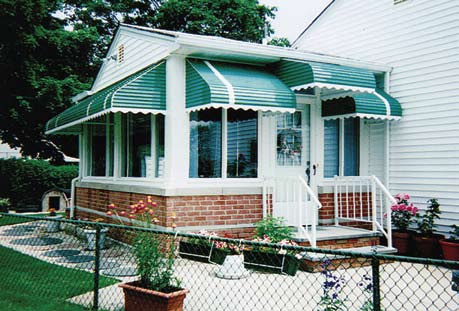Water ATMs to Solve Water Delivery Problems in India
Many inhabited places on our planet suffer from serious lack of pure, drinkable water. one in every of these places is India, wherever nearly a hundred and forty mln folks from remote villages and locations drink extremely contaminated water.
A probable answer to the present downside is obtainable by the Sarvajal company with its star high-powered “water ATMs”.These water ATMs receive their clean water from larger near settlements wherever the corporate has filtration centers directed by native franchisers.
A client might get in from such machine by victimisation paid charge account credit. the corporate uses mobile technology and cloud computing to observe its facilities and sensors enable it to observe the standard of the water.
These water stations square measure appropriate for overseas wherever building of the desired infrastructure for water filtering would price an excessive amount of.
Sarvajal was supported in 2008 by Anand sovereign and currently serves about one hundred ten 000 folks. the corporate is if truth be told the profit-oriented section of the non-profit Piramal Foundation. the inspiration is made with the aim to search out solutions for several current issues of the current society of India, like fighting state, up health care and education, making business and job opportunities within the rural components of the country, and plenty of others.
Many inhabited places on our planet suffer from serious lack of pure, drinkable water. one in every of these places is India, wherever nearly a hundred and forty mln folks from remote villages and locations drink extremely contaminated water.
A probable answer to the present downside is obtainable by the Sarvajal company with its star high-powered “water ATMs”.These water ATMs receive their clean water from larger near settlements wherever the corporate has filtration centers directed by native franchisers.
A client might get in from such machine by victimisation paid charge account credit. the corporate uses mobile technology and cloud computing to observe its facilities and sensors enable it to observe the standard of the water.
These water stations square measure appropriate for overseas wherever building of the desired infrastructure for water filtering would price an excessive amount of.
Sarvajal was supported in 2008 by Anand sovereign and currently serves about one hundred ten 000 folks. the corporate is if truth be told the profit-oriented section of the non-profit Piramal Foundation. the inspiration is made with the aim to search out solutions for several current issues of the current society of India, like fighting state, up health care and education, making business and job opportunities within the rural components of the country, and plenty of others.



















